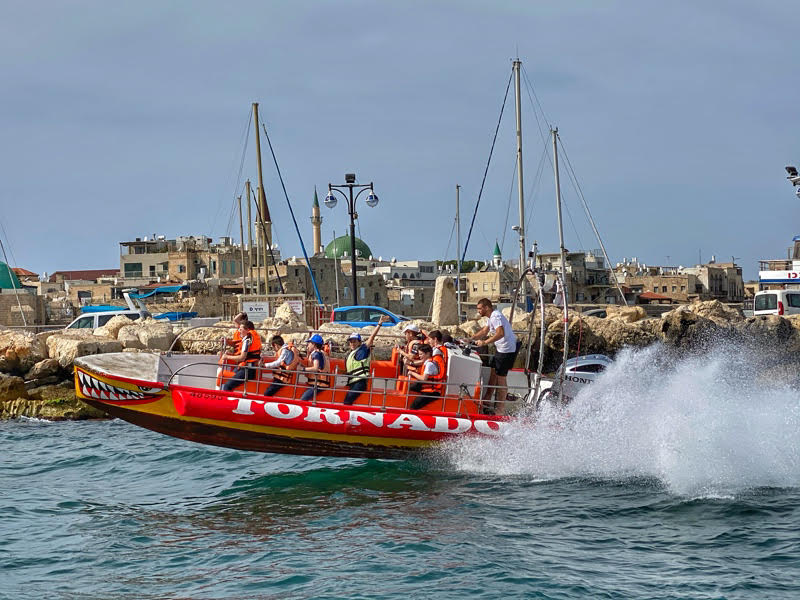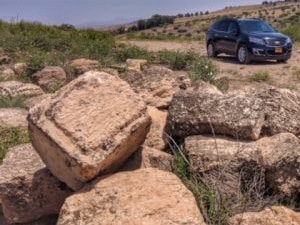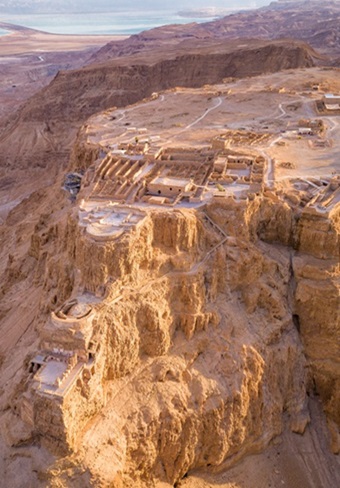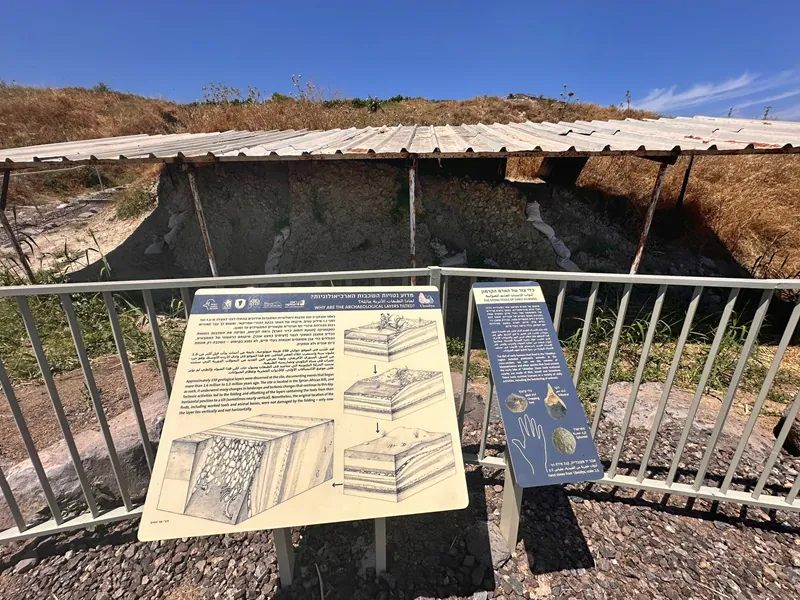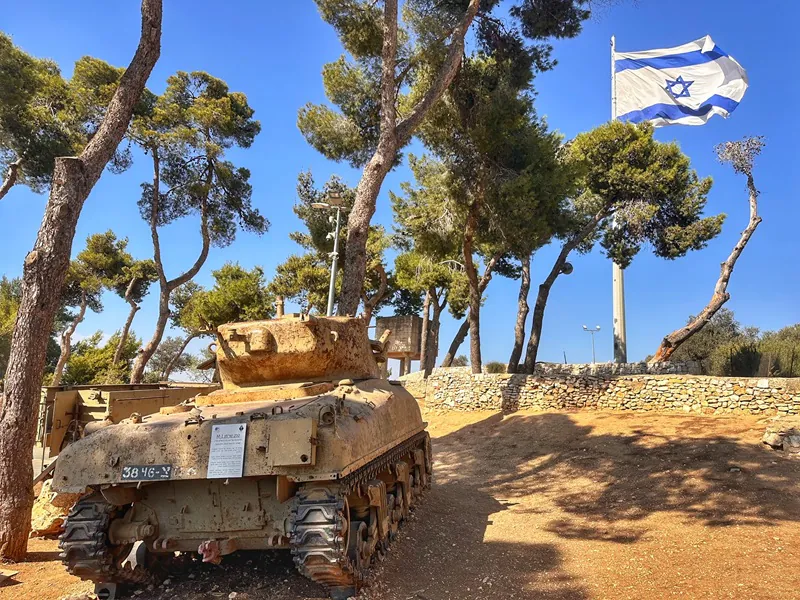Old Gesher
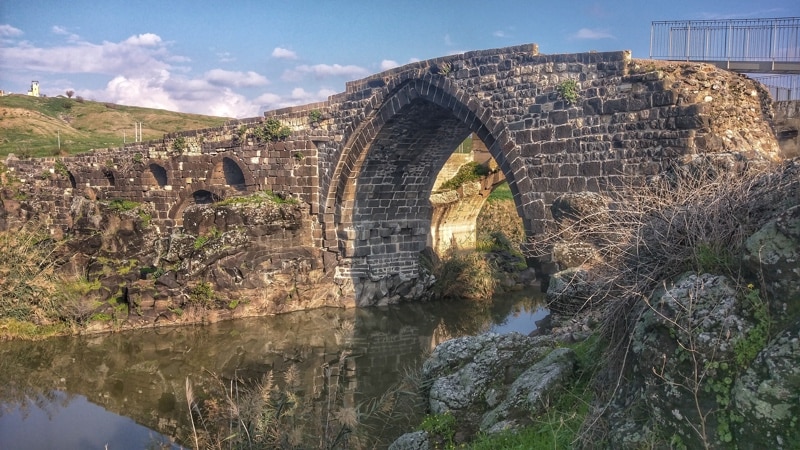
Set next to a historical crossing point over the Jordan River, Old Gesher is at one of the most strategic locations in the Jordan Valley. Today, the site that witnessed travelers, pioneers, and battles is a tourist attraction with a visitor center that presents the site’s turbulent history, especially in the 20th century.
History of Gesher
Gesher (in Hebrew, ‘bridge’) is a significant crossing point over the Jordan River south of the Sea of Galilee. The Romans built the first bridge over the river, and later, the Crusaders built a mass-scale fort to monitor it (Belvoir). In the 14th century, the Mamluks established a caravanserai (Khan) beside the bridge, whose remains are still well visible.
In 1904, the Ottomans constructed a bridge over the river to connect the land of Israel with the Hejaz railway. Later, the British added a cement bridge for trucks and buses. Around that time, the Jews, with the consent of Emir Abdullah, erected a hydroelectric plant north of Gesher, providing electricity to the Jewish settlements in the region. Nearby, they also established a communal farm – kibbutz Gesher. During the Israeli-Arab war in 1948, its members held against two Arab attacks from trans-Jordan, yet later, they relocated the kibbutz to a nearby hill.
Gesher in 1948
During the Second World War, the British built a ‘Tegart Fort’ near the bridge. When they cleared it in 1948, the members of Kibbutz Gesher rushed to get a hold of it. That same night, the Arab legion launched an attack on the fort. After 30 hours, the forces agreed on a ceasefire in which the 50 kibbutz’ children, with some of the women and elders cleared out.
The following day, the Arab legion resumed its artillery on the fort but failed to conquer it. A few weeks later Qawuqji Iraqi forces attacked the fort again, but he also failed to overtake it. The bridges and Naharyim power station went out of use, yet the site remained in Israeli hands, and it marks the border with Jordan to this day.
After the Israeli-Arab 1948 war, the Kibbutz re-established itself a mile west of the bridge, among others, to be beyond the range of enemy artillery. Nevertheless, in the years 1968-1970, the Kibbutz was again shelled by katyusha rockets launched by the PLO from Jordan.
Touring old Gesher
In 1992, Old Gesher was re-opened as a historical site and a tour attraction. During its development for tourism, the 1930s bus station of the Haifa-Damascus was uncovered and restored, and a locomotive from the Naharayim power plant was also revealed and restored. Today, Old Gesher’s main attractions are:
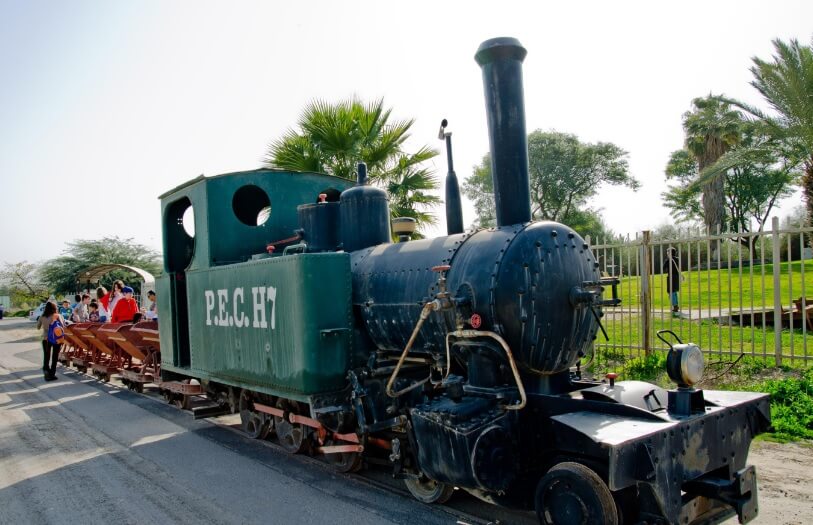 The Gesher Experience — A video presentation of the history of Gesher, inside the only structure left of the old kibbutz—its dining room. Its baking oven remains intact and is now used for bread-baking workshops and dairy meals on booking.
The Gesher Experience — A video presentation of the history of Gesher, inside the only structure left of the old kibbutz—its dining room. Its baking oven remains intact and is now used for bread-baking workshops and dairy meals on booking.
The Naharaiym Experience – An Audiovisual presentation of the electric power plant that operated north of Gesher from 1932 to 1948. Natural water flows through the model, with dramatic lights and music to illustrate the turbulent project (pun intended).
Gaon Hayarden Promenade – A hike along the western bank of the Jordan River offers beautiful viewpoints of the natural Jordan River and the three historical bridges of Gesher.
The site is open every day of the week and offers guided tours.
A tour of Old Gesher can be combined with a day tour in the north.


